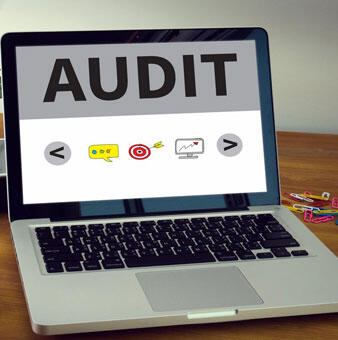



The extent of “environmental” today extends far beyond what regulators thought when they created environmental laws and regulations. Earth Day was “only” 50 years ago, and the EPA is not quite 50 years old. Environmental laws and regulations impose substantial requirements for operations and recordkeeping. Companies go further, creating written compliance plans with self-imposed requirements. Even regulations have been insufficient to protect the environment – or to keep pace with the understanding of the deterioration and threats to the environment – stakeholder groups have picked up with a myriad of requirements. B2B contractual requirements are compliance requirements – failure to comply risks loss of revenues. Gone are the days when an Environmental Manager could take care of “all things Environmental.” Environmental issues extend to Facilities, HR, Investor Relations, Legal, Operations, Quality, Supply Chain and many other departments. Employees often fulfill their environmental duties as a portion of their job – often the portion between “100% and 120%” of their job – with little training and even less support. This poses risk to compliance, performance, and even to reputation.
US environmental laws and regulations include authority for the EPA to impose penalties of up to $THOUSANDS per violation per day. The definition of “violation” is such that authorized penalties can add up to the $MILLIONS quickly. With the size of this possible impact, companies developed environmental auditing programs to check for compliance and mitigate this risk. Companies’ environmental management programs have improved. Most facilities have been audited – some several times. Federal regulators have placed less emphasis on enforcement in recent years. Even with less threat of enforcement and lower imposed penalties, this is no reason to relax. Other environmental risks have grown. The environmental impacts can be substantial, even if they are not readily measured in financial terms [business reputation, operational impact, etc.]. Environmental risk management should change, and the risk mitigation measures – including environmental audit – should change along with it. DHC has applied standard business methods and tools to achieve this.
The Volkswagen diesel emissions scandal caught everybody’s attention. It may be the highest profile, but it is hardly the only case of environmental fraud. “Fraud” is any intentional deceit by one party with the intent of achieving gain or advantage from another. There are many incentives to falsify records to avoid enforcement, proceed with projects, produce products, or convey environmental performance to customers and other stakeholders. DHC has embedded procedures to protect and detect fraud in environmental management and audits since Sarbanes-Oxley was passed in 2012.
IT solutions are essential for environmental management. Few – if any – can be used directly off the shelf to achieve compliance or efficient operations. All must be tailored for purpose. IT, Operations, and Environmental don’t talk the same language. DHC has identified this as a root cause of problems in several audits.